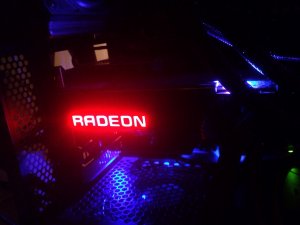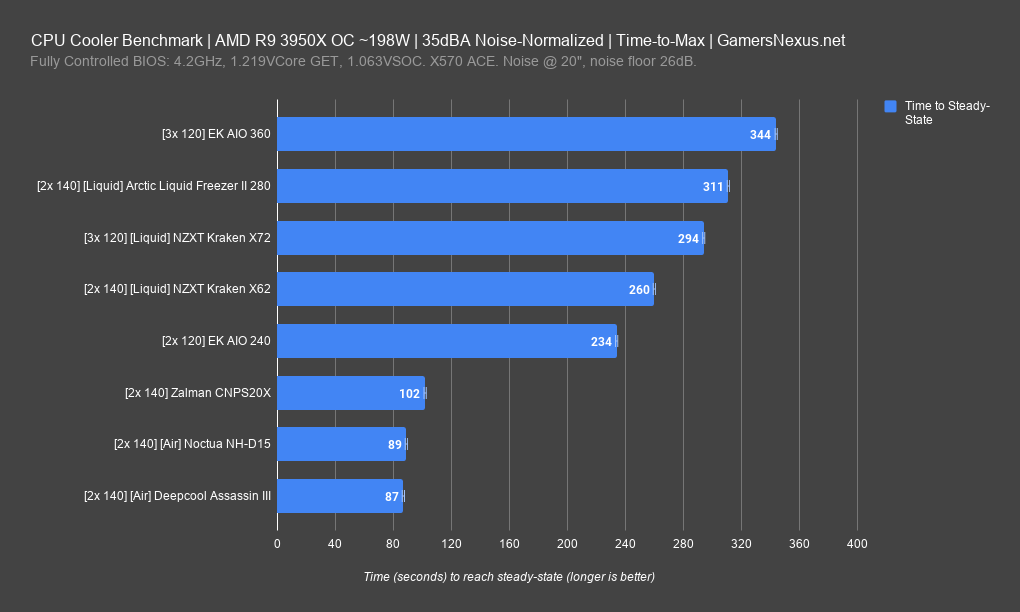Smoked Brisket
Gawd
- Joined
- Feb 6, 2013
- Messages
- 786
Every time this discussion comes up it is always about cpu's. Why is there never any conversation about gpu's and the benefits of custom loops. I know, personally, that the loudest, hottest, part in my builds was/is the gpu. Can any water cooler here tell me they want to go back to ramped up fan speeds and times when they were afraid to max out every setting on msi afterburner? Even under badly planned loops you can push gpu's past manufacturer settings without fear, and its silent compared to the obnoxious air solutions out there. Yes there are hybrid cards, but they are not even close to as effective and still cost as much. Drunken rant over.
![[H]ard|Forum](/styles/hardforum/xenforo/logo_dark.png)

